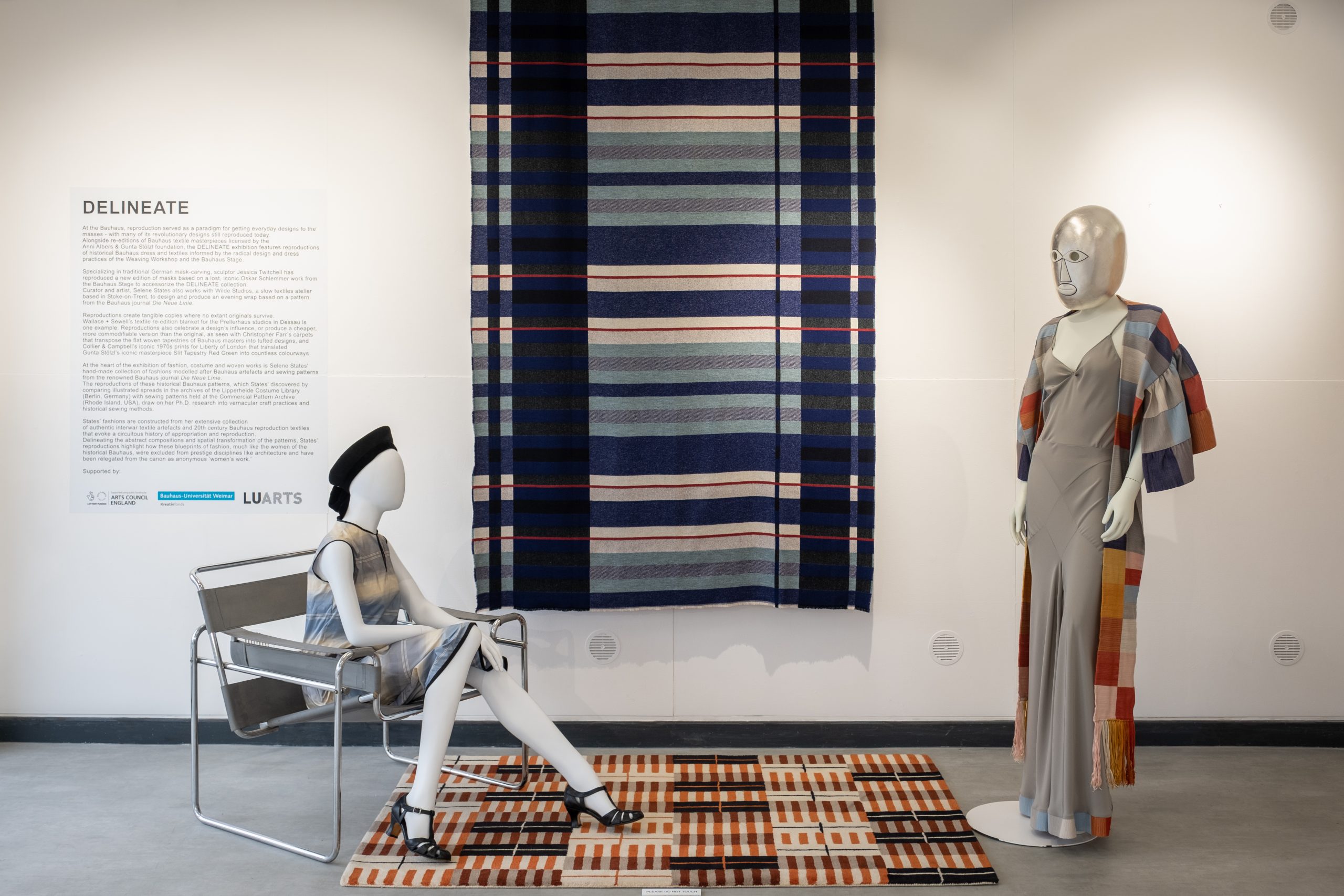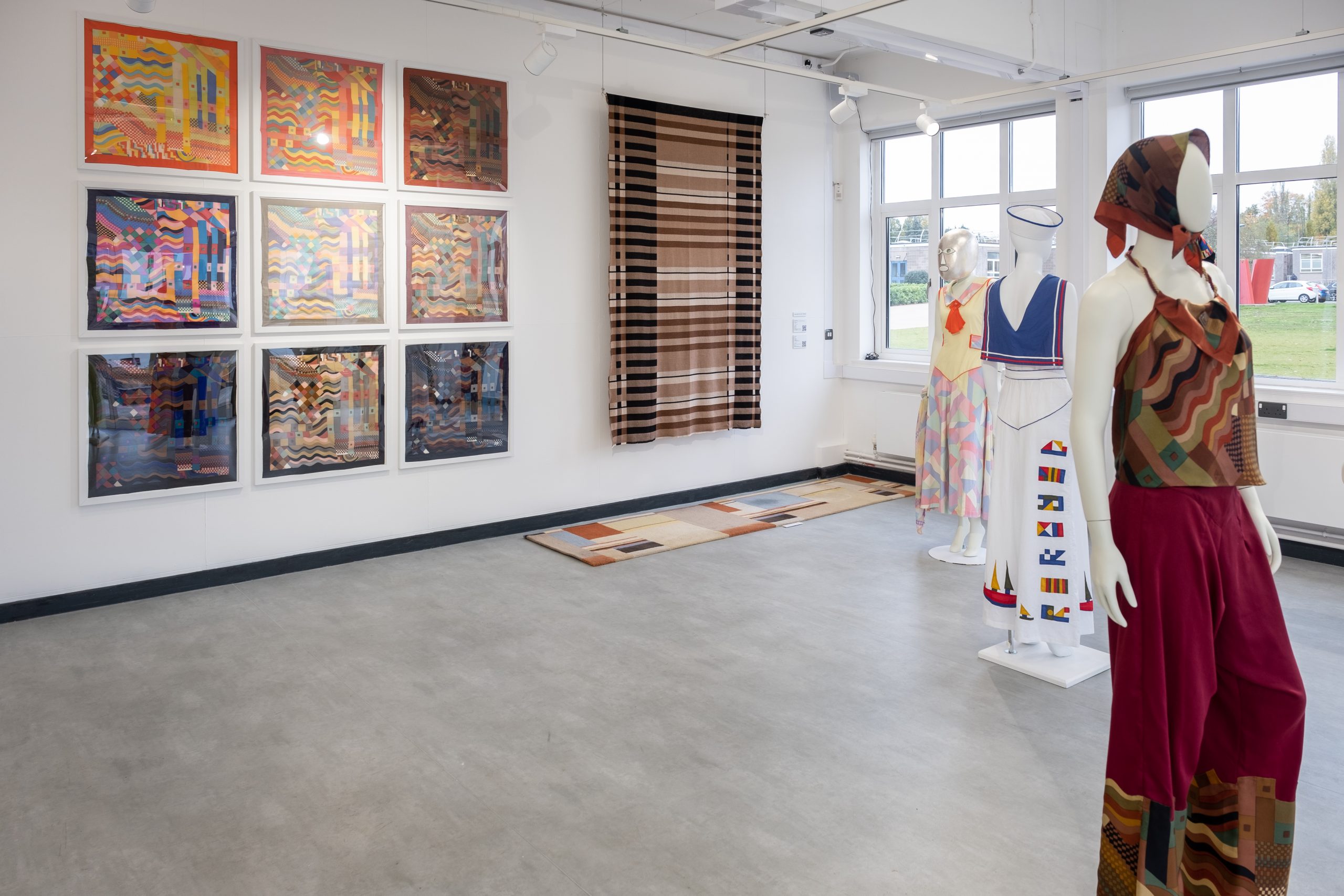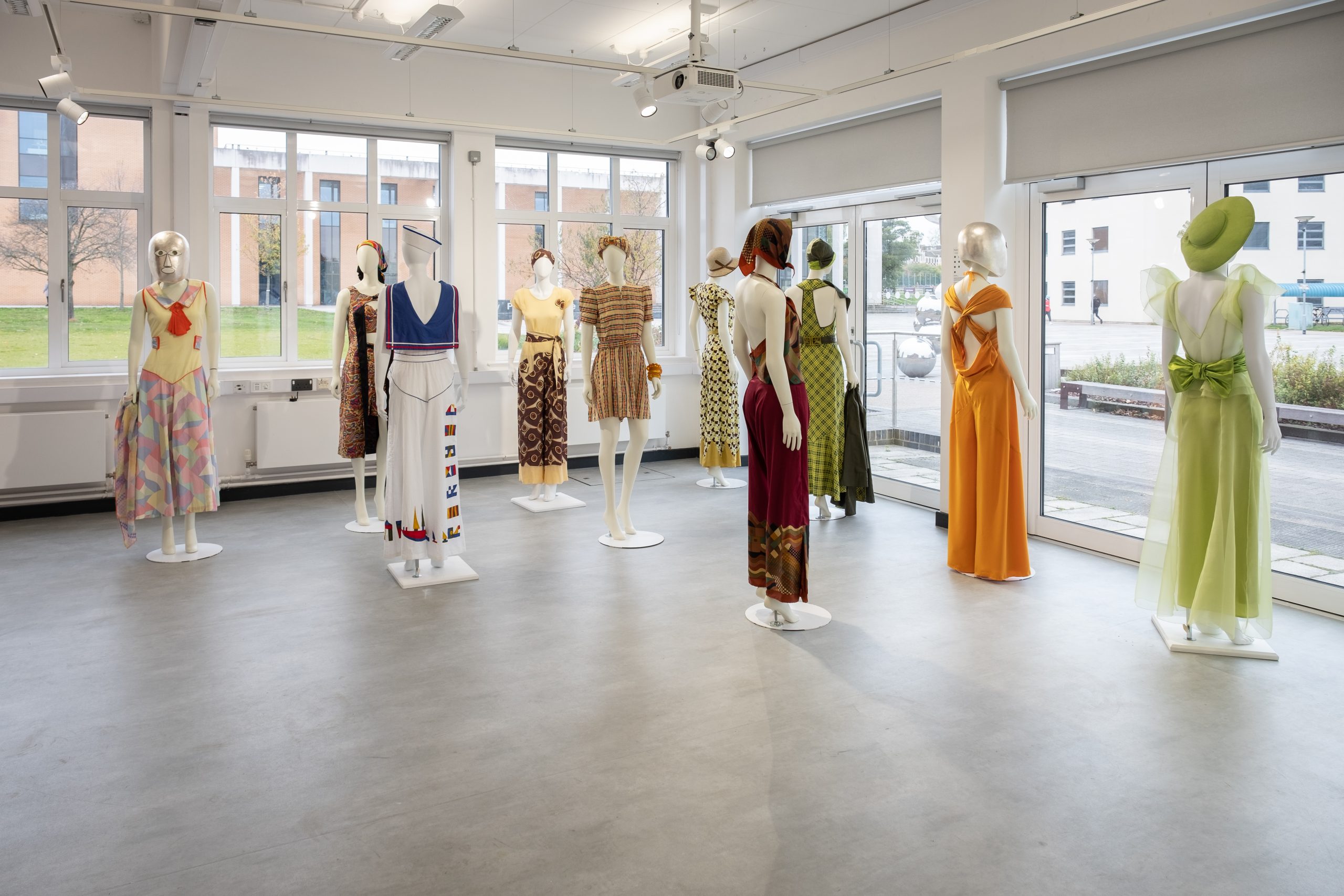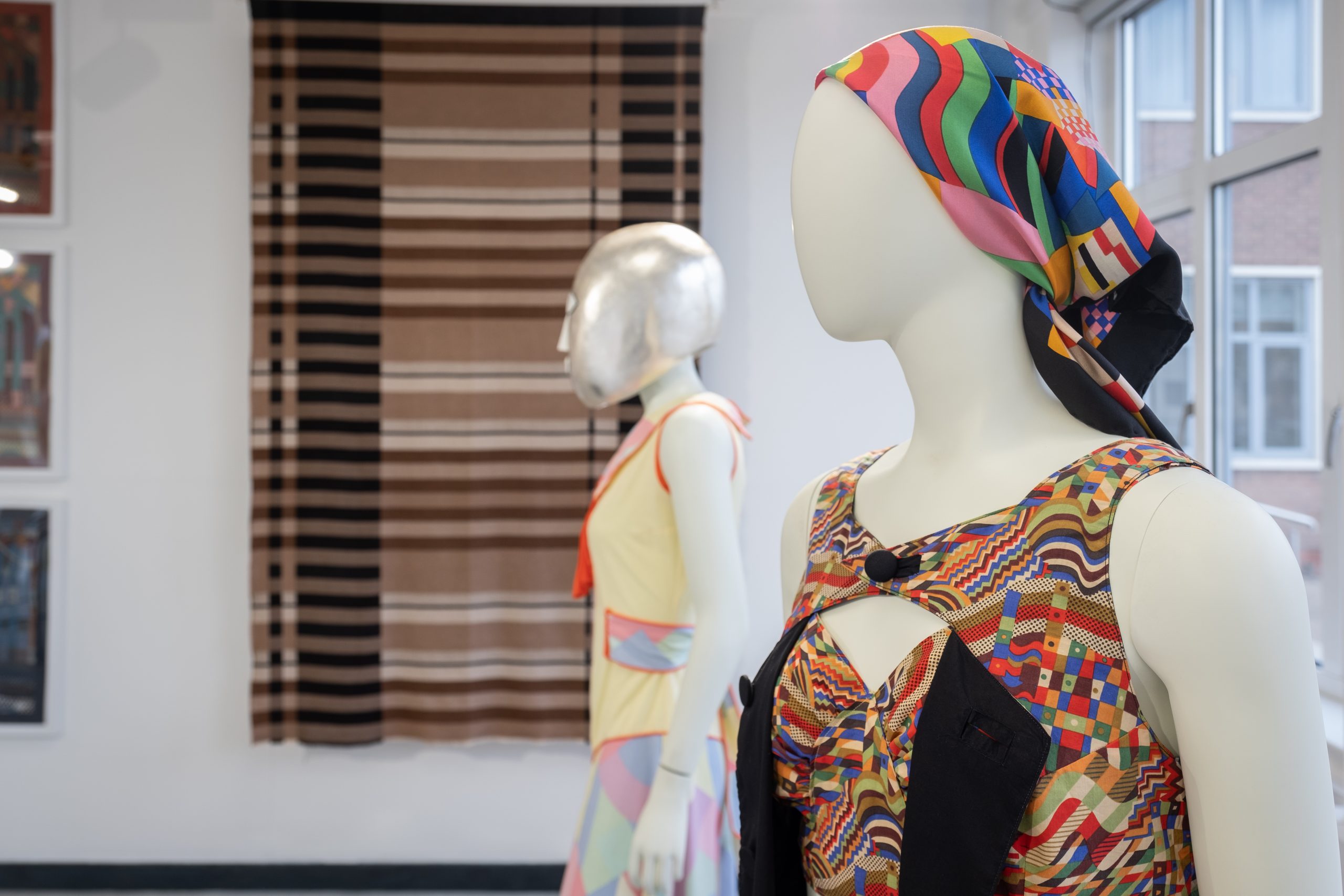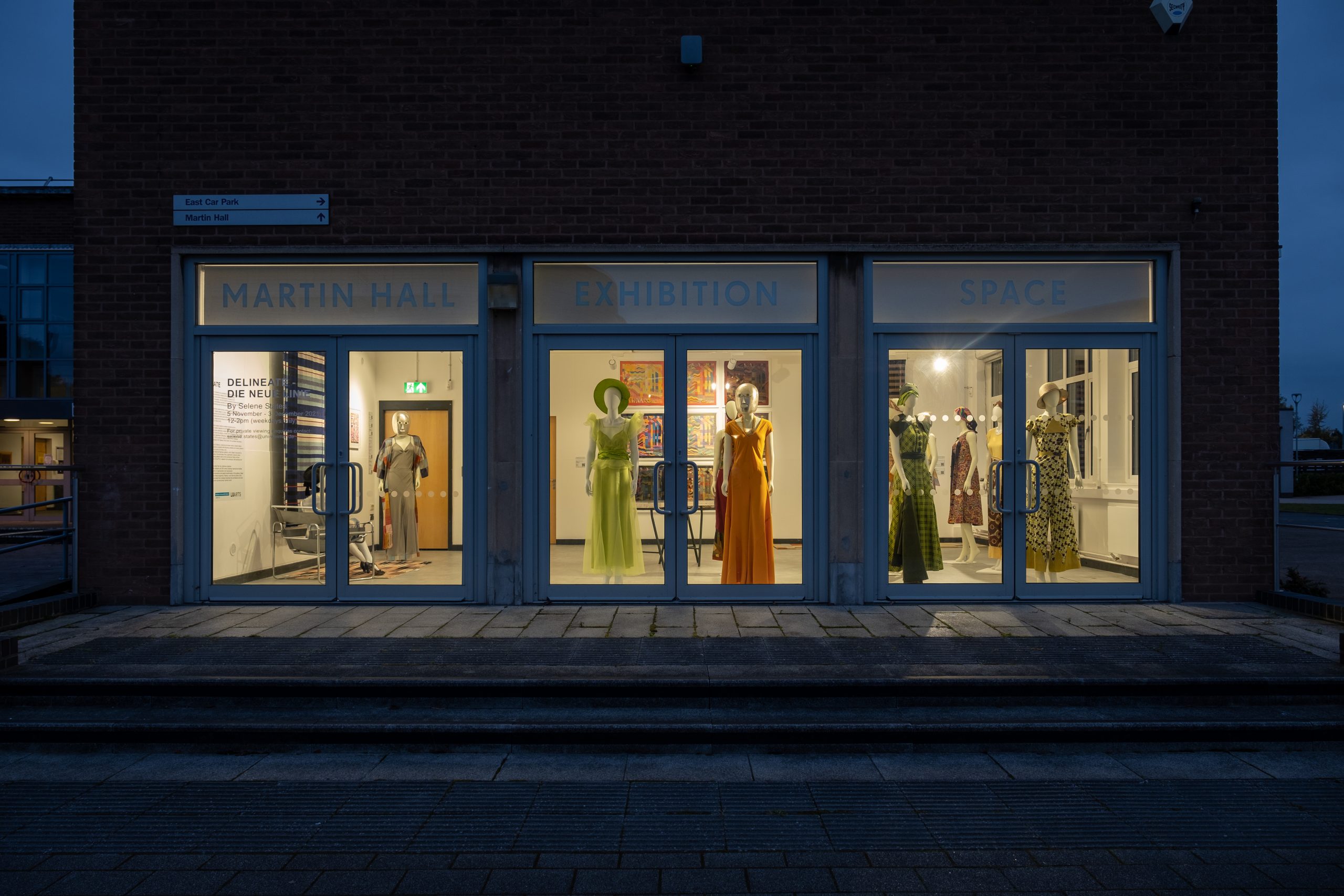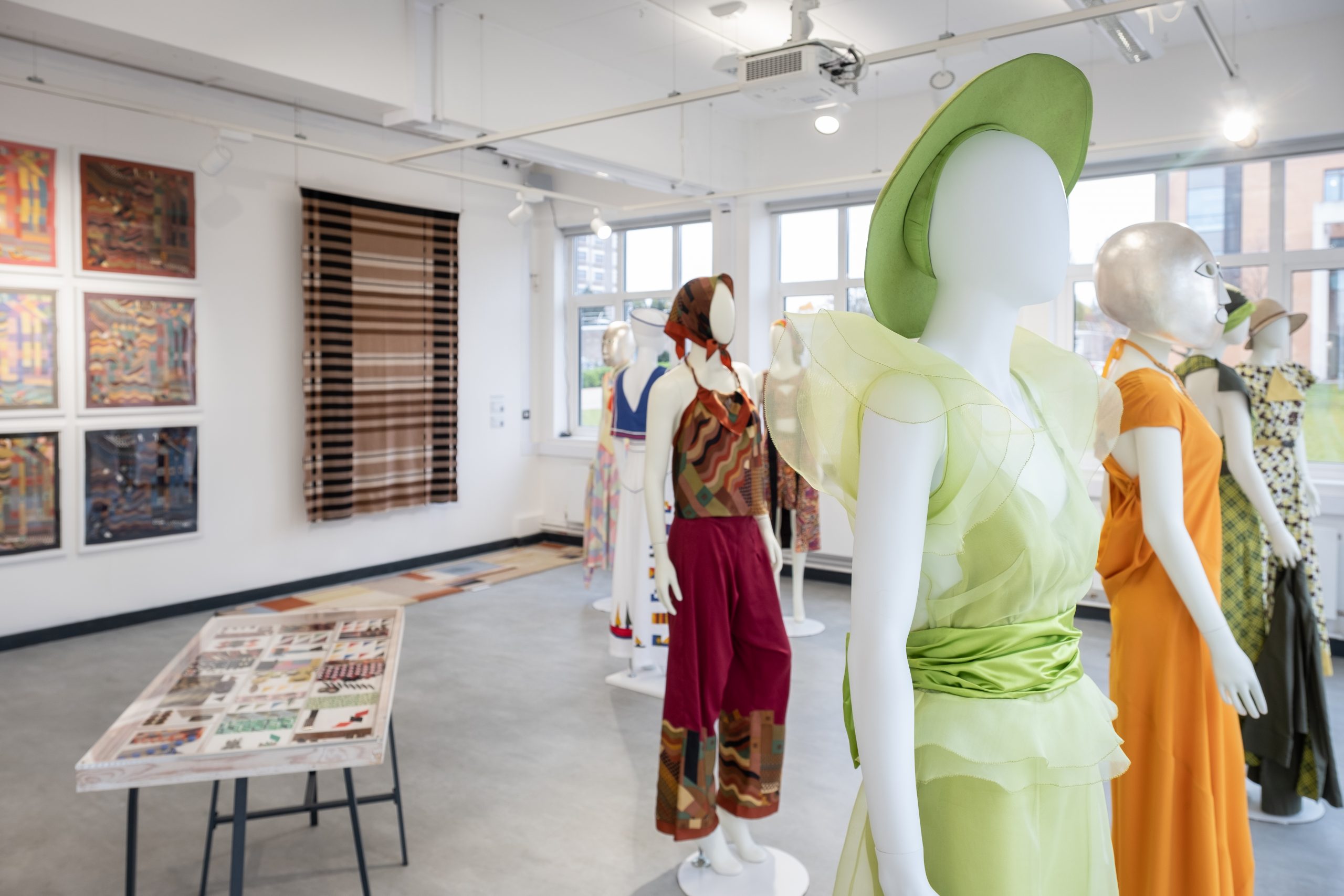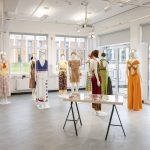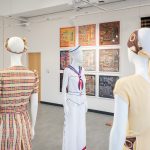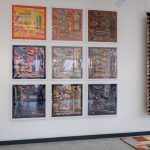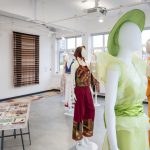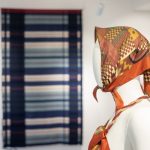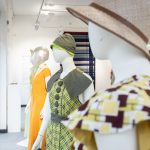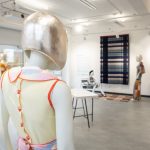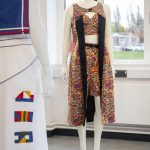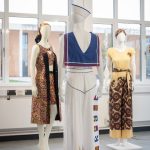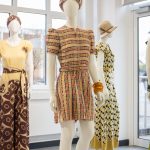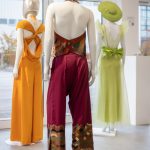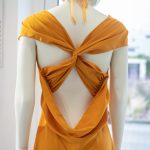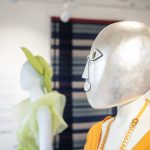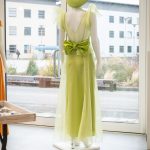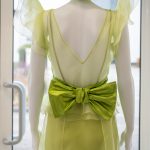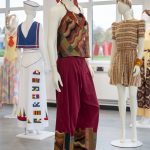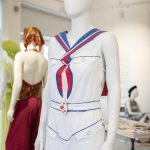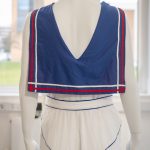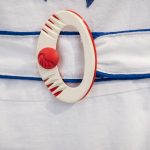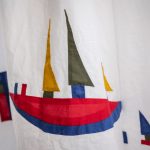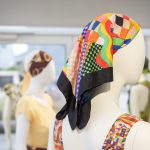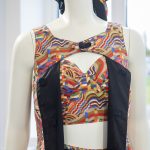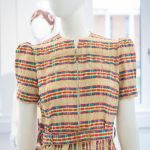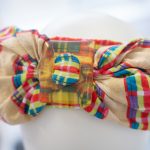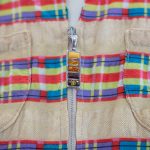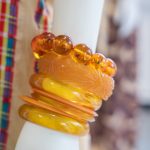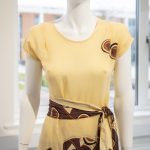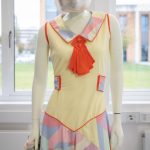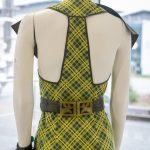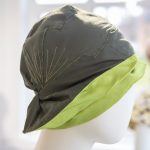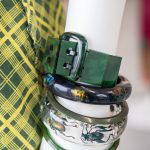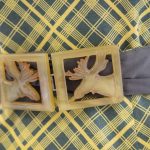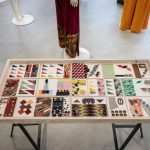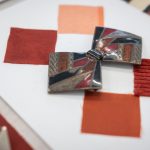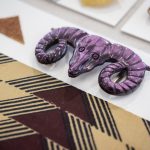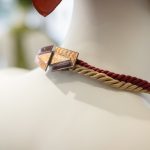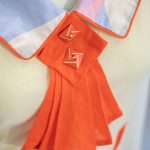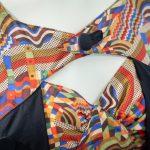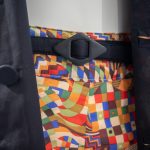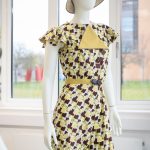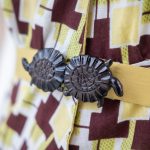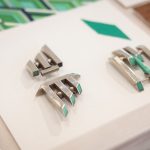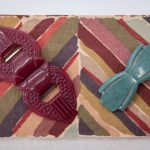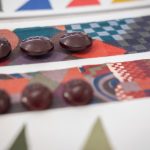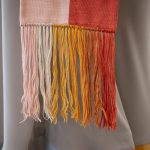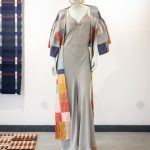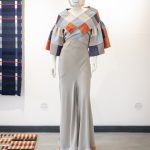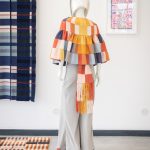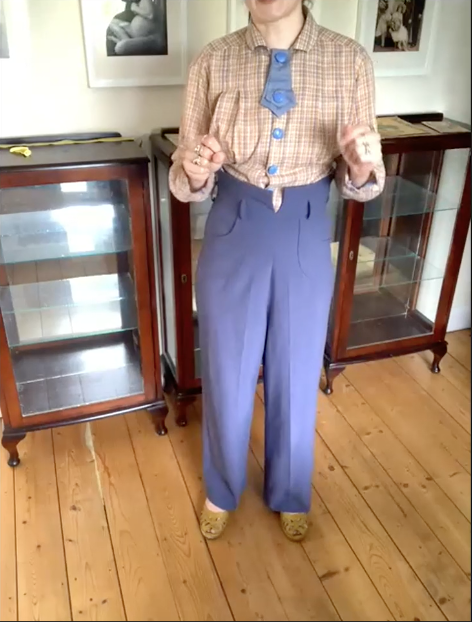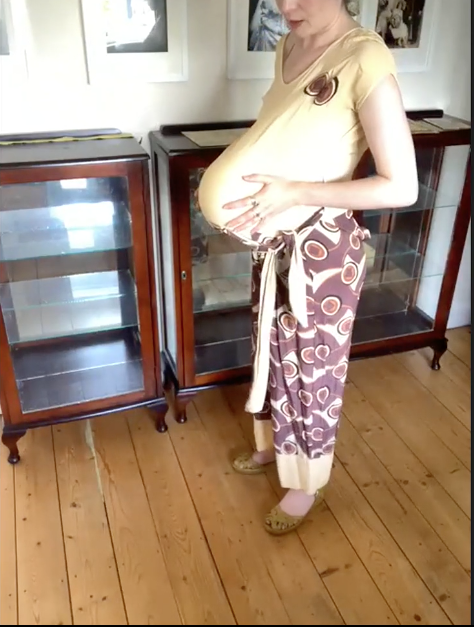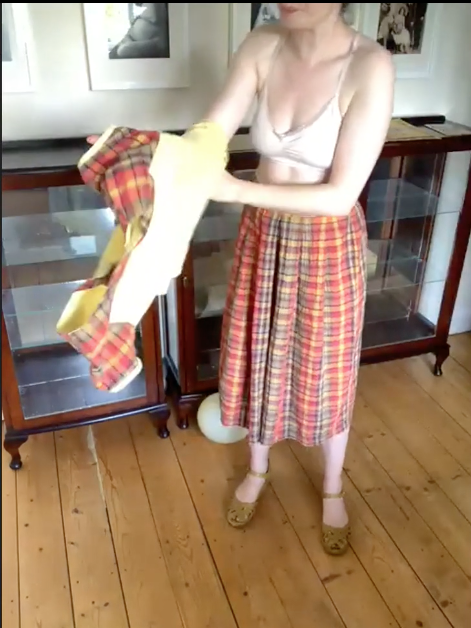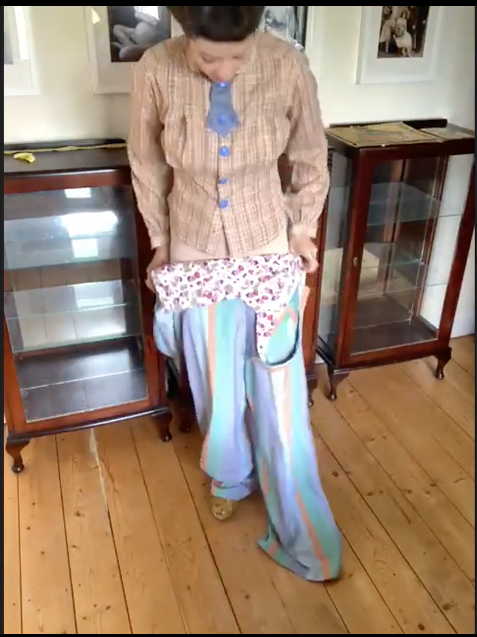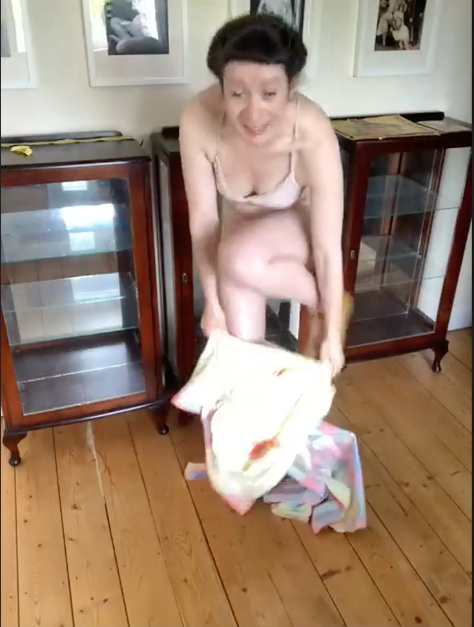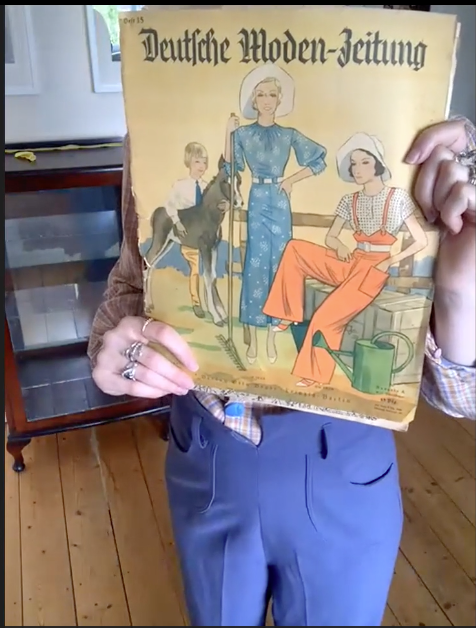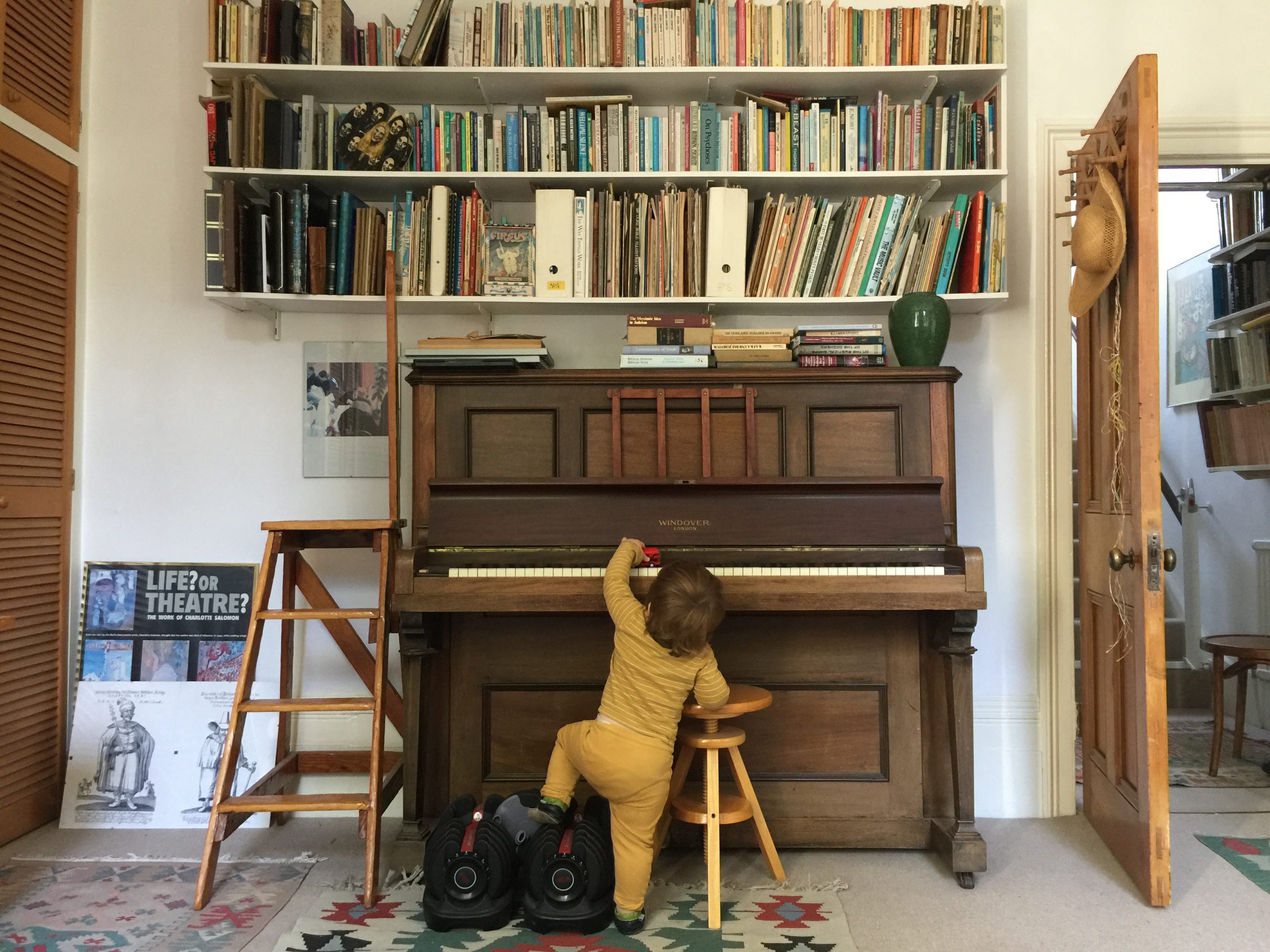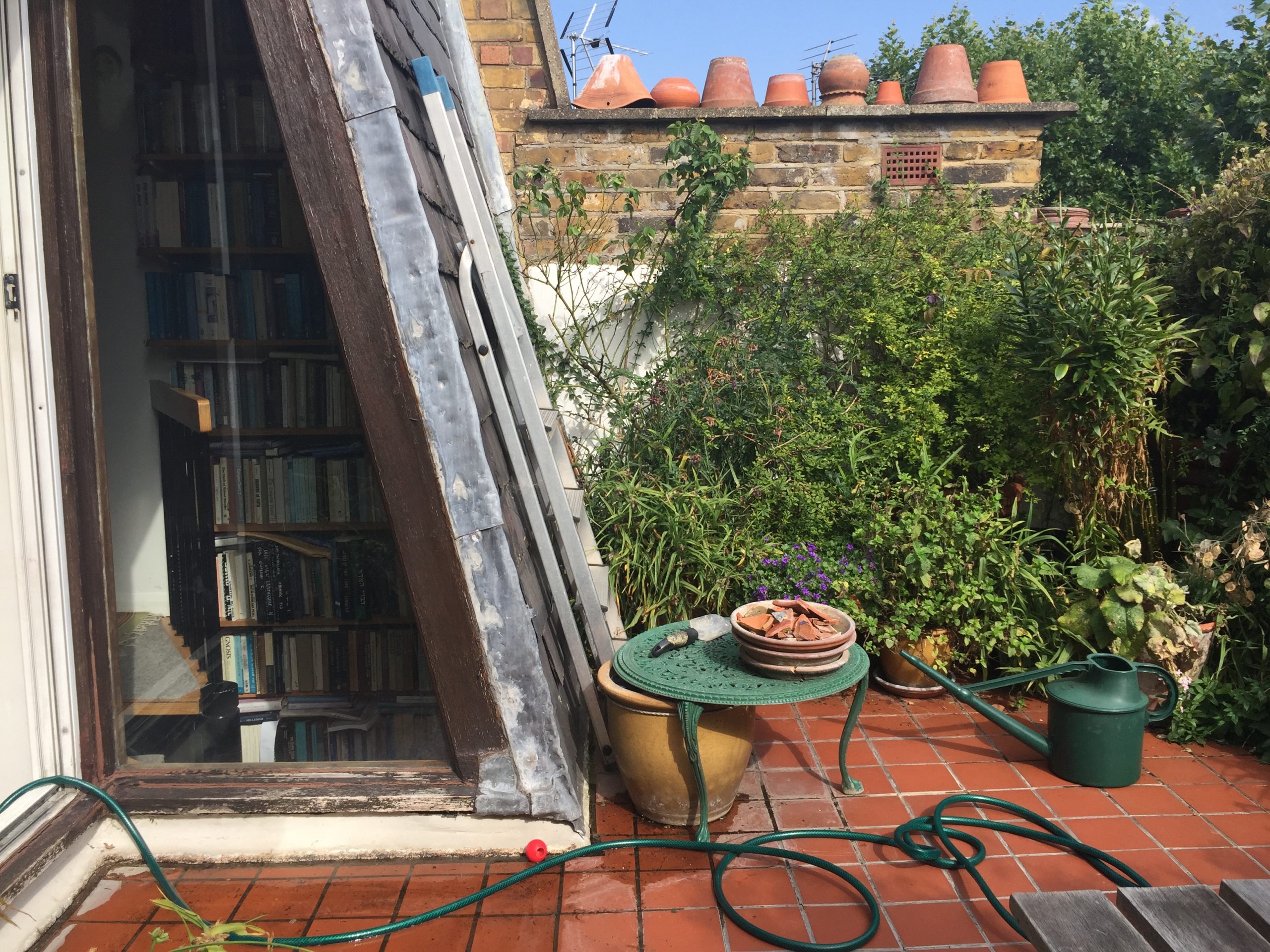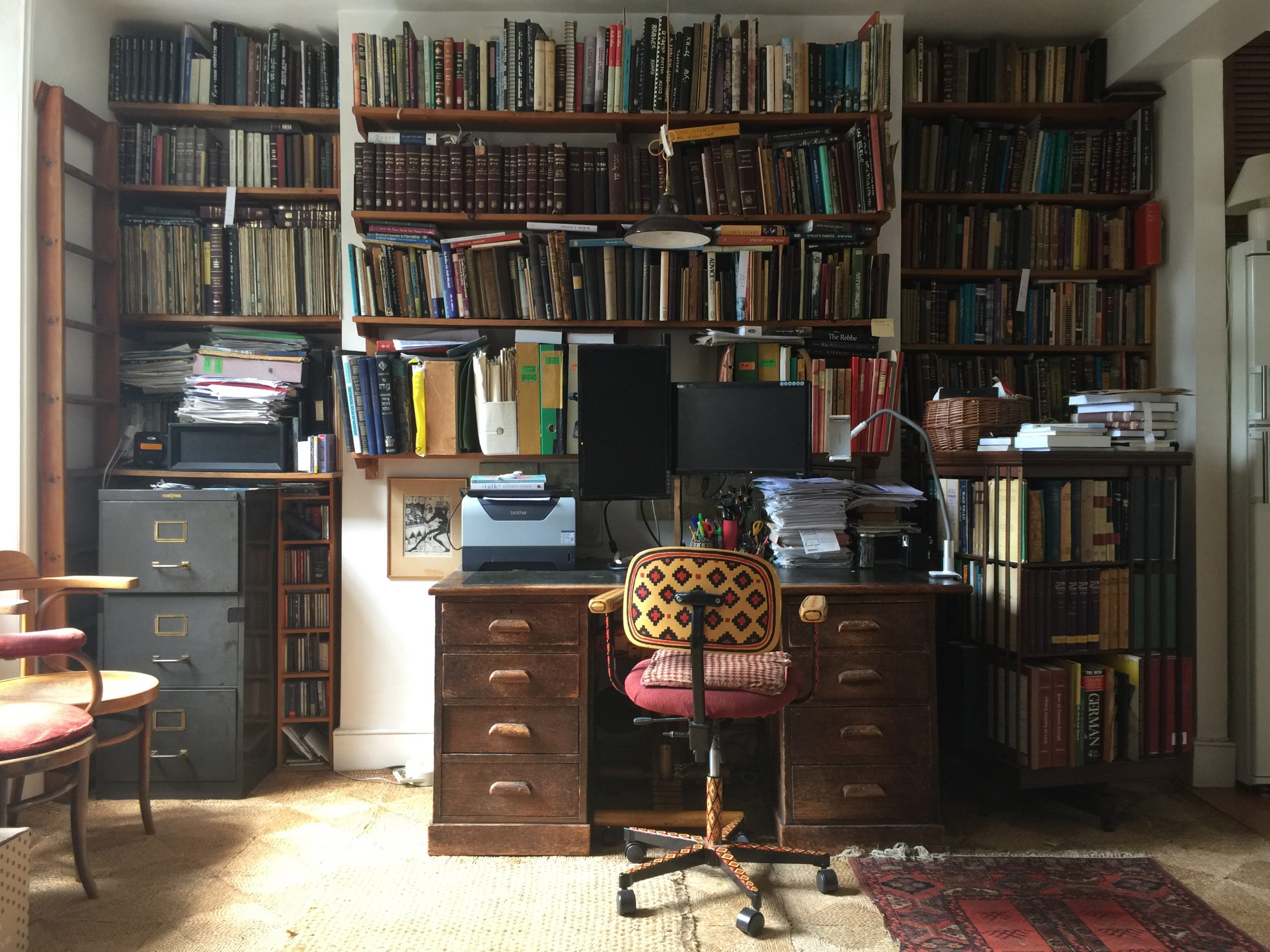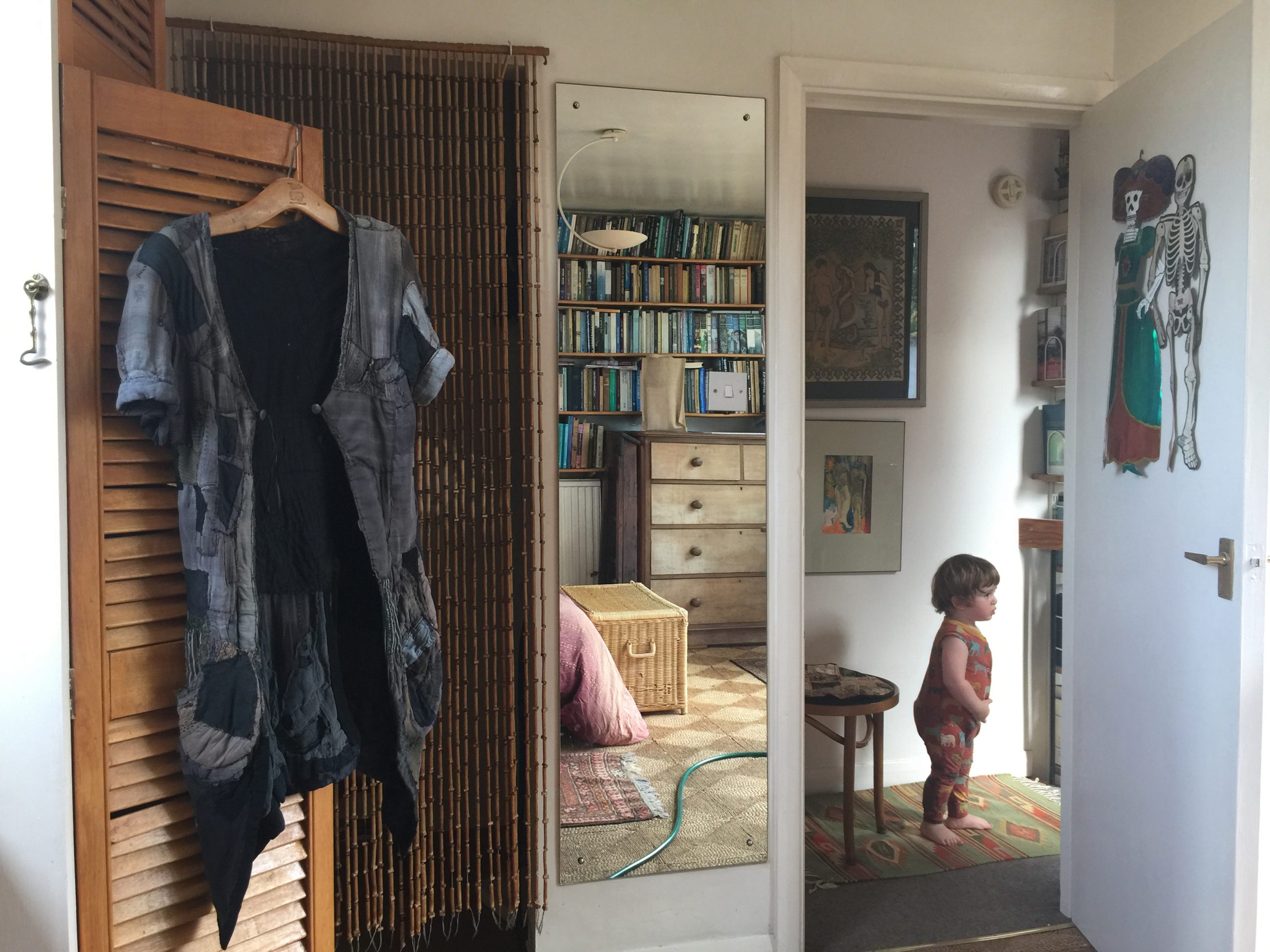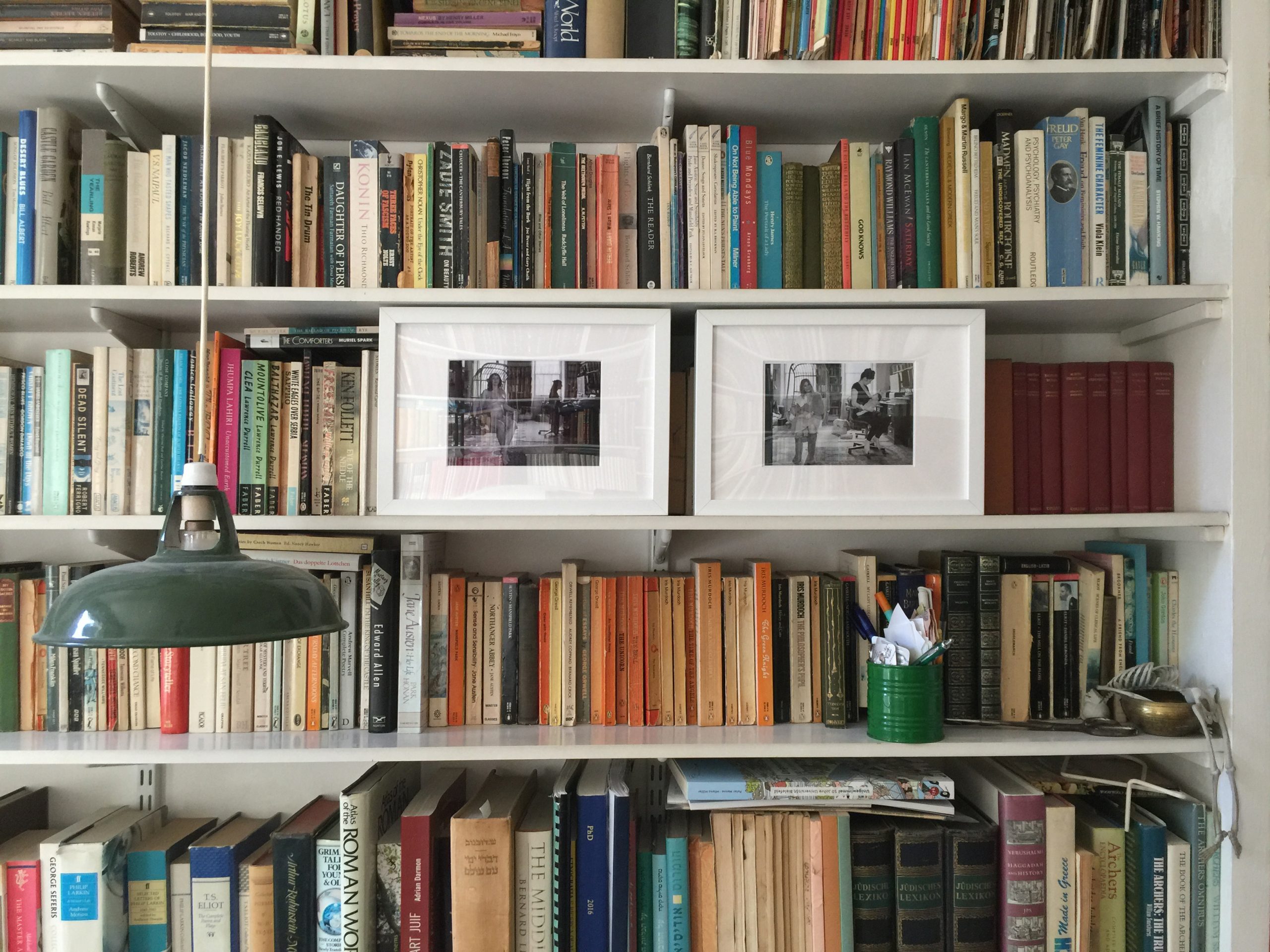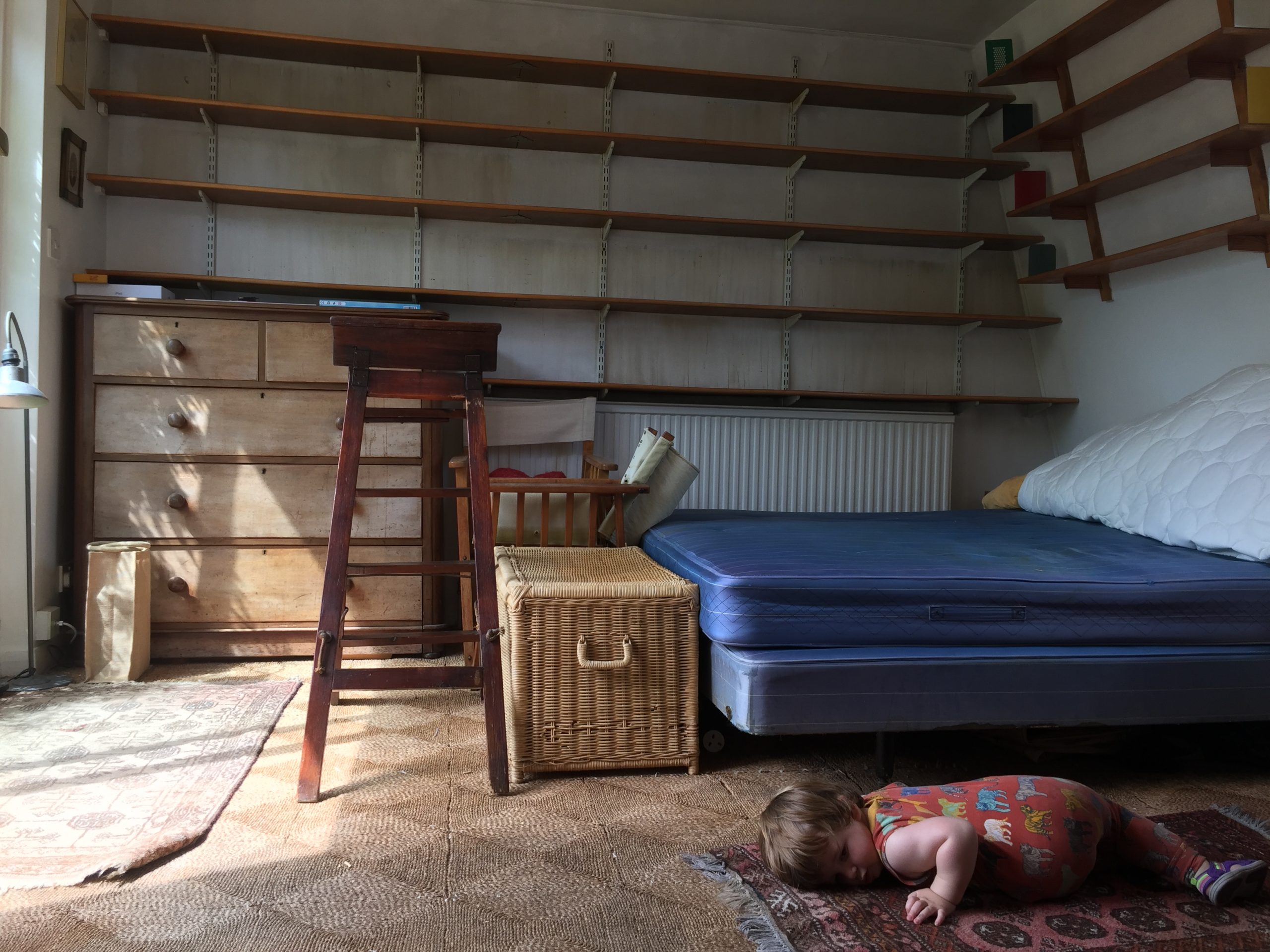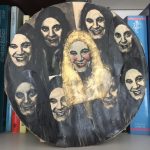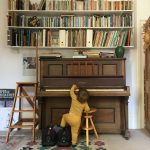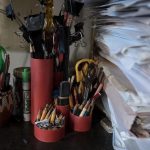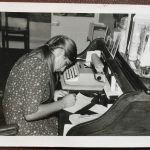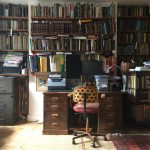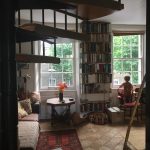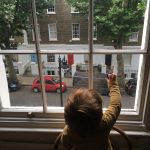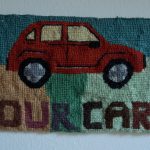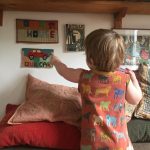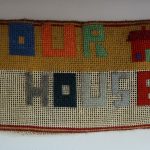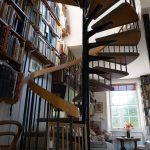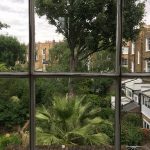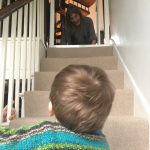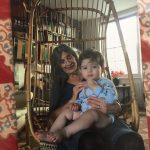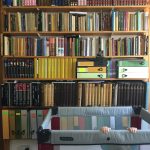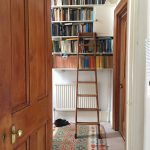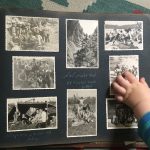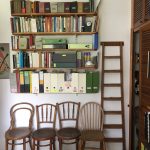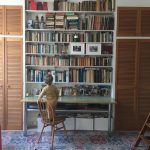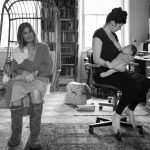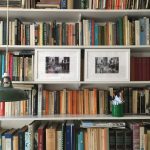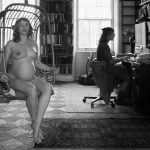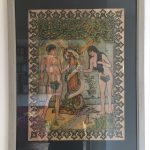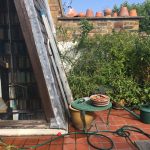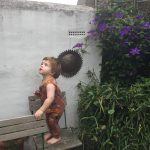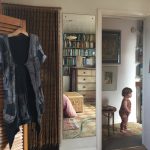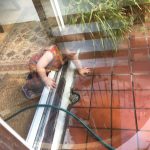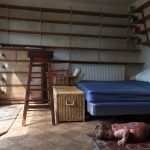Featured Projects
Delineate Exhibition
Combining new artistic commissions and installations, licensed Bauhaus re-editions and twelve mounted fashions, the exhibition DELINEATE features dress, costume and textile works that highlight the concept of reproduction as a Bauhaus design paradigm.
DELINEATE – DIE NEUE LINIE
The Bauhaus centenary excited growing curiosity about what they wore at the Bauhaus, yet there seems to be little consensus and much extrapolation on its fashions. One of the problems is that only a handful of original Bauhaus garments survive; most studies of Bauhaus fashion rely heavily on archival photographic sources or written accounts to examine the dress practices of the Bauhäusler/innen. Meanwhile collections often feature reproductions of designs ungrounded in academic research.
Alongside re-editions of Bauhaus textile masterpieces licensed by the Anni Albers & Gunta Stölzl foundation, the DELINEATE exhibition features reproductions of historical Bauhaus dress and textiles informed by the radical design and dress practices around the Weaving Workshop and Bauhaus Stage. At the heart of the exhibition of fashion, costume and woven works is Selene States’ hand-made collection of fashions modelled after Bauhaus artefacts and sewing patterns from the renowned Bauhaus journal Die Neue Linie. The reproductions of these historical Bauhaus patterns, which States’ discovered comparing illustrated spreads in the archives of Lipperheide Costume Library (Berlin, German) with sewing patterns held at the Commercial Pattern Archive (Rhode Island, USA), draw on her Ph.D. research into vernacular craft practices and historical sewing methods. The dress collection is constructed from States’ extensive collection of authentic interwar textile artefacts and 20th century Bauhaus repro textiles that highlight a circuitous history of appropriation and reproduction. Delineating the abstract compositions and spatial transformation of the patterns, States’ reproductions highlight how these blueprints of fashion have been excluded from the Bauhaus canon as anonymous “women’s work”, much as the women of the historical Bauhaus school were banished from disciplines of architecture and relegated to the weaving department.
The show also features new artistic commissions with international experts engaging in practice-based research into the intangible heritage of mask-making and weaving at the Bauhaus. Specializing in traditional German mask-carving, sculptor Jessica Twitchell has reproduced a new edition of masks based on a lost iconic Oskar Schlemmer work from the Bauhaus Stage to accessorize the DELINEATE colleciton. States’ collaboration with Wilde Studios, a slow textiles atelier based in Stoke-on-Trent made up of the Bulgarian-British Wilde sisters involves natural dyer Katrina dying silk skeins, woven by Nadine on a traditional treadle loom into uncut bands, assembled by States into an evening wrap based on a Die Neue Linie pattern. At the Bauhaus, reproduction served as a paradigm for getting everyday designs to the the masses – with many of its revolutionary designs continuing to be reproduced today. Reproductions create tangible copies where no extant originals survive, such as with Wallace + Sewell’s textile re-edition blanket for the Prellerhaus studios in Dessau. Reproductions celebrate a design’s influence, or produce a cheaper, commodifiable version than the original. Christopher Farr’s carpets transpose the flat woven tapestries of Bauhaus masters into tufted designs while Collier & Campbell’s iconic 1970s prints for Liberty of London translated Gunta Stölzl’s iconic masterpiece Slit Tapestry Red Green (1927) into countless colourways. Celebrating how the concept of reproduction has shaped generations of dress and textile makers, the show DELINEATE retraces a radical history of reproduction to question how authenticity is embodied in art and design collections.
Featuring Bauhaus textile, fashion & costume designs reproduced by
Collier & Campbell
Christopher Farr
Selene States
Jessica Twitchell
Wallace + Sewell
Wilde Studio
Curated by Selene States.
By selene
On 10, Dec 2021 | In dress performance text | By selene
The Radical Act of Dress Up
The Radical Act of Dress Up
Translating the Past through The Radical Act of Dress Up from selene states on Vimeo.
Translating the Past through the Radical Act of Dress Up explores how we construct our identity by patterning our behavior on role models from the past. The 19min performance involves me putting on and taking off a series of bifurcated garments that I have sewn for my ‘Pantsuit PhD’. Each ensemble illustrates a different concept of radical dress relevant to my thesis A Radical Suite of Changes: The Revolutionary Timeline of the Pantsuit (1917-1946).
The reshuffling of a skirt suit into a bifurcated ensemble explores the iterative transformation of bifurcated wear, whilst delineating the transgression of dress codes. A baggy Oxford bags design highlights how the appropriation of traditionally male-gendered garments by women who “wore the trousers” became a symbolic gesture in dress reform that stood for the will to equality in different waves of women’s movements. A bold geometric-print beach pajama with a flashy colour scheme is representative of a moment of sea change in fashion, when women made a spectacle of themselves on seaside promenades in the late 1920s and ushered in a period when it was more acceptable for ordinary women to wear pants in public. My account of the troubles of making a fashionable pair of 1930s kitchenette pajamas that accommodates the fundamental functional bodily transformations of pregnancy and breastfeeding articulates the connection between domestic sewing, (social) reproduction and women’s work. Other pantsuits problematize different conceptual configurations of of reproduction, authenticity and (cultural) appropriation in re-enactment practices and vintage communities and popular culture today.
Shot from a cropped frame , the juxtaposition of my headless body articulating a philosophical lecture on dress plays with the Cartesian problem of the mind-body, where my breathlessness during the physical exertion of giving a lecture-performance acts to disrupt the sense-making activity of dressing in a dialectical critique of its own process. Caricaturing the cliché of the nude performance-artist, my performance in an intermittent state of undress becomes secondary to my demonstration of the radical concepts embodied in the ostensibly “frivolous” fashions, grounding them in Benjaminian and Feminist theory.
The artistic lecture performance was part of the online conference-performance Sneaky Translators curated by Gabriel Ben Moshe and Boris Buden held in July 2021 at the Bauhaus University Weimar.
By selene
On 15, Dec 2020 | In moving Image photography text | By selene
Care in the Afterlife
The photo essay Care in the Afterlife records my experience of caring for my mother-in-law, Ada Rapoport-Albert (26.10.1945 – 18.06.2020), in the last weeks of her life. Through auto-ethnographic observations of her end-of-life care, I reckon with the affect of Ada’s shame in dying and how it mirrors events in Ada’s life. While scholarly tributes to her as an eminent academic in the field of Hebrew and Jewish Studies are forthcoming, this curation of text and image preserves her legacy within the domestic sphere. Artistic documentation of her iconic home and extensive library act as key to unlocking this interior world. The essay juxtaposes extracts from its books, notably Ada’s work on Kabbalistic mysticism and women within the Messianic tradition, with anecdotes from her personal life and her story-telling of the Hebrew bible. Connecting these narratives to the advent of Jewish modernism, interspersed citations from writers of the German-Jewish dialectical tradition (Scholem, Kafka, Benjamin, Arendt) figure as intersection points with the ostensible contradictions bound up in Ada’s person – as a Zionist sabra and self-exiled Israeli emigre, a scholar of women in Jewish Orthodoxy and unorthodox mother, and an atheist living the life as an ascetic. The text traces the reconciliation of paradox in Jewish modernism through concepts such as messianism, exile, and remembrance with narrative themes in Ada’s biography, illustrating the intertwined traditions of intellectual and family lineage. Narrated from my position as an outsider within the Jewish family and as the mother of her grandson, this intimate portrait of a dying woman seeks to fill the void of death by looking to an afterlife of care.

